Nestled in the heart of Fez, Morocco, lies the University of al-Qarawiyyin, a testament to the enduring power of education. Founded in 859 CE by Fatima al-Fihri, a visionary Muslim woman, it boasts a rich history as the world's oldest continuously operating university. This article delves into the fascinating story of al-Qarawiyyin, exploring its evolution, structure, and the impact it continues to have on the world stage.
History and Foundation
The University of al-Qarawiyyin was founded in 859 CE by Fatima al-Fihri, a woman of immense vision and piety. Born in Kairouan, modern-day Tunisia, Fatima migrated to Fez with her family. Upon inheriting a large fortune, she decided to use her wealth to build a mosque and educational institution that would serve the community. What started as a modest mosque soon evolved into a leading center of learning, attracting scholars from across the Islamic world and beyond.
Architectural Grandeur
The architecture of al-Qarawiyyin is a harmonious blend of historical Moroccan and Islamic styles. The university's design includes a large hypostyle prayer hall, a courtyard with fountains, and a distinctive green-tiled minaret. The intricate tilework and calligraphy that adorn its walls reflect the artistic zenith of the era. Over the centuries, various dynasties, including the Almoravids, Almohads, and Marinids, contributed to the university's expansion and beautification, adding elements that enhanced its splendor and functionality.
Educational Evolution
From its inception, al-Qarawiyyin was not just a place of worship but also a center for learning. The curriculum initially focused on Islamic religious and legal sciences, with a strong emphasis on classical Arabic grammar, Maliki jurisprudence, and Sharia. Over time, the university broadened its academic scope to include a variety of subjects such as mathematics, astronomy, medicine, logic, rhetoric, and even music. This diverse curriculum attracted scholars and students from across the Islamic world, creating a vibrant intellectual community.
Modernization and Integration
The 20th century brought significant changes to al-Qarawiyyin. In 1947, the university was incorporated into Morocco's state education system, marking its transition from a traditional madrasa to a modern university. This integration allowed for the introduction of contemporary subjects alongside traditional Islamic studies, ensuring that al-Qarawiyyin remained relevant in a rapidly changing world. The university also opened its doors to female students for the first time, reflecting broader societal changes.
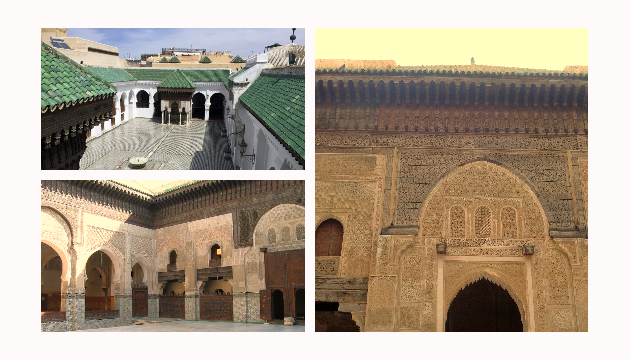
Educational Resources and Library
One of al-Qarawiyyin's most valuable assets is its library, established in the 14th century by the Marinid Sultan Abu Inan Faris. It is one of the world's oldest libraries and houses a rich collection of manuscripts and rare books, including an original copy of Ibn Khaldun’s "Kitab al-Ibar" and a 9th-century Quran. These resources have been invaluable for research and scholarship, attracting scholars from around the world who come to study its treasures.
Student-Teacher Relationships
The student-teacher relationship at al-Qarawiyyin is traditionally close-knit, with instruction often delivered in small, focused study circles known as "halqas". This method fosters a deep engagement with the material and allows for personalized guidance and mentorship. The rigorous selection process for students, which includes a thorough understanding of the Quran and general sciences, ensures a high level of academic excellence and preparedness.
Present-Day Significance
Today, the University of al-Qarawiyyin continues to operate as a symbol of academic excellence and cultural heritage. It remains a pivotal institution in the Islamic world, both as a center of religious learning and a beacon of scholarly excellence. The university's role in fostering intercultural dialogue and preserving Islamic heritage underscores its global impact. Despite modern challenges, al-Qarawiyyin maintains its core mission of providing a holistic education grounded in Islamic principles while embracing contemporary academic practices.
A Call to Ponder
As al-Qarawiyyin embarks on its next chapter, it compels us to ponder the future of education. Can ancient institutions like al-Qarawiyyin continue to serve as wellsprings of knowledge in a rapidly changing world? What lessons can we learn from its enduring legacy as we strive to build educational systems that foster intellectual curiosity, critical thinking, and a commitment to lifelong learning?
The story of al-Qarawiyyin transcends the realm of academia. It is a testament to the transformative power of education and a reminder of the vital role universities play in shaping societies and fostering a brighter future.
By reflecting on the legacy of al-Qarawiyyin, we gain an appreciation for its historical significance and understand its ongoing relevance in a world where education remains a cornerstone of societal advancement.
END/V7N/RHD/DK/



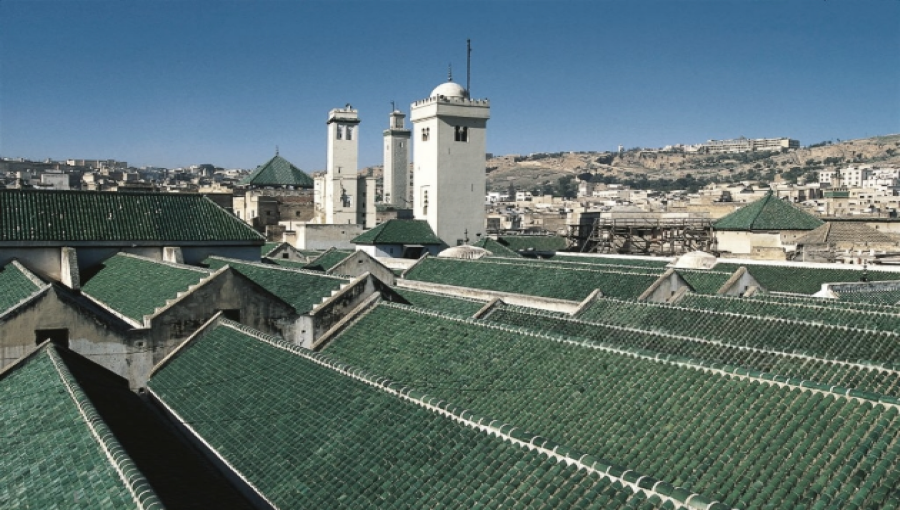
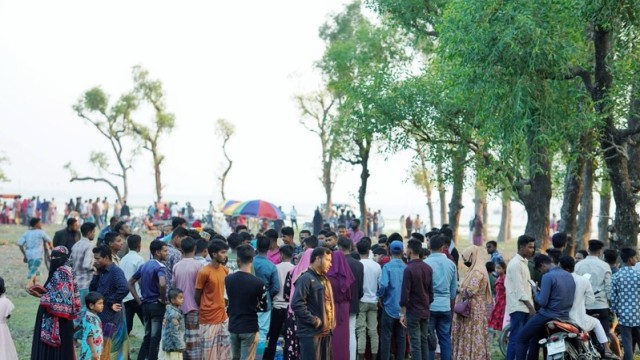





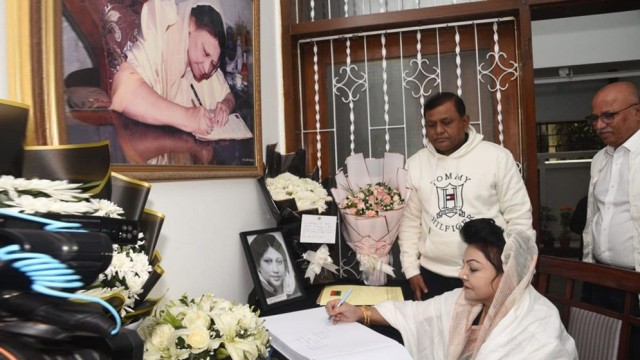
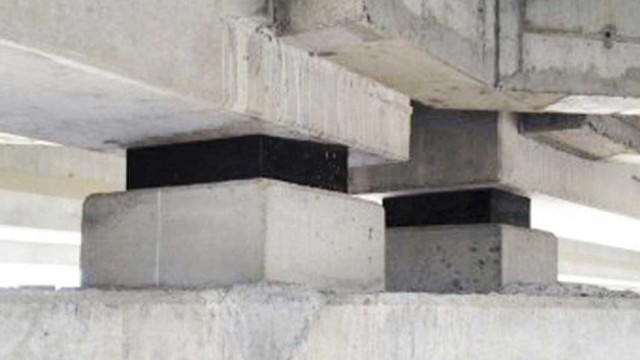
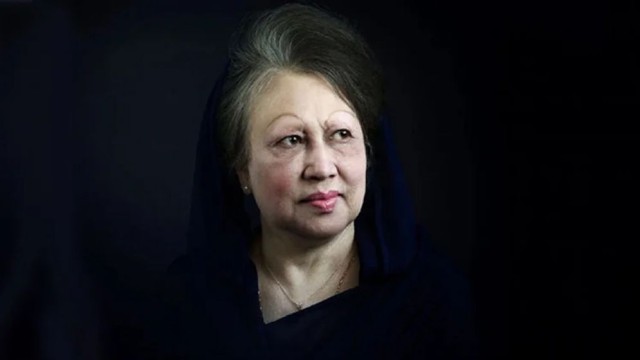
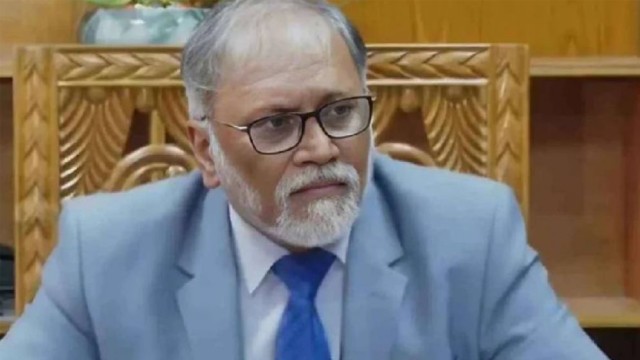



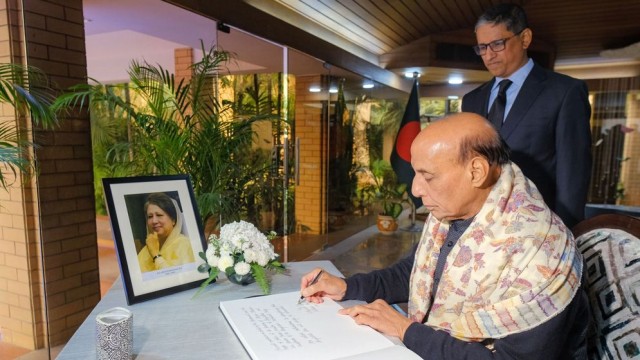




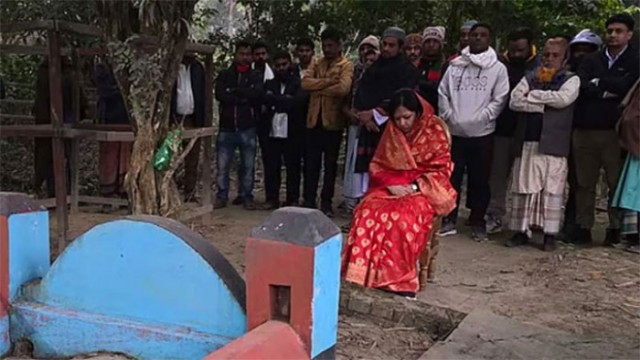





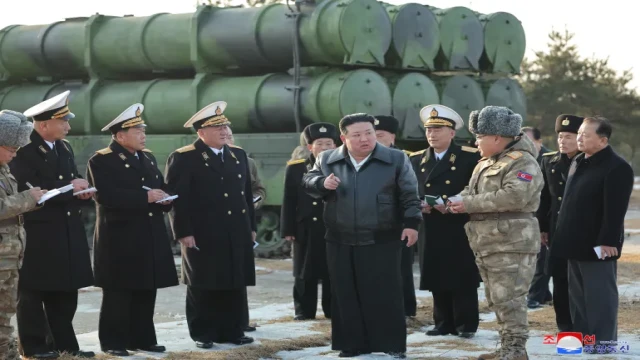

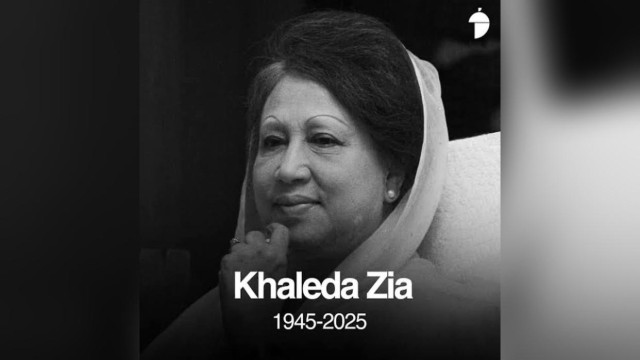
Comment: